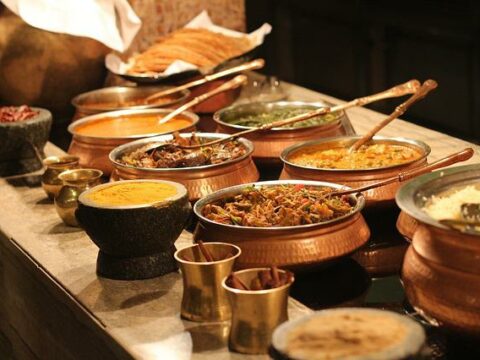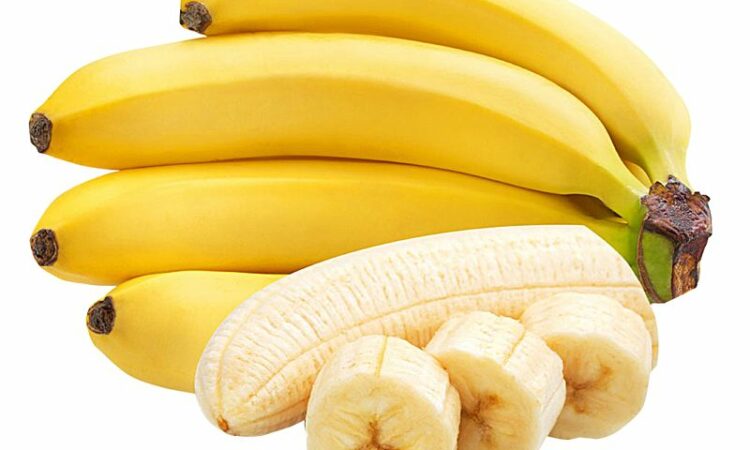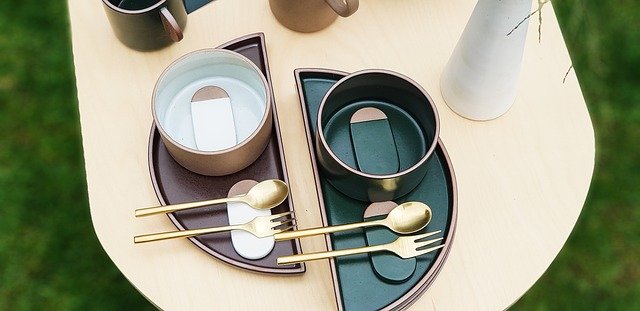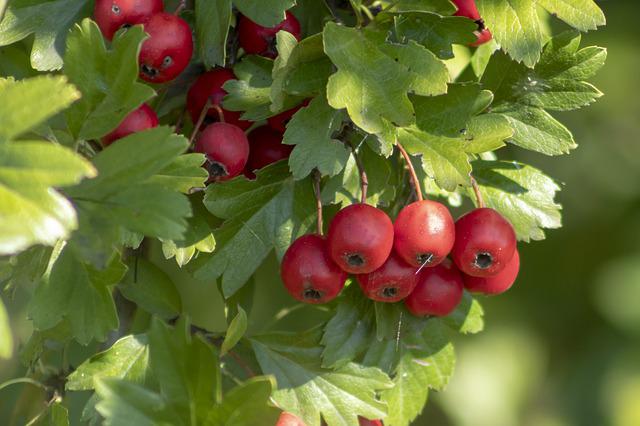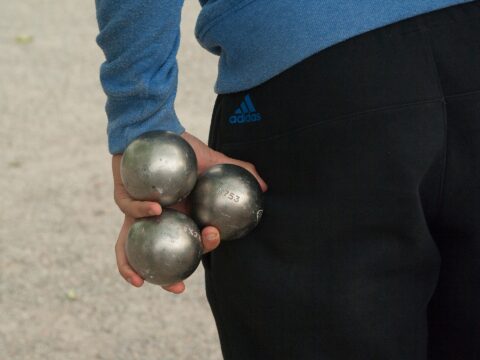6: Japan
Japanese food pursues taste and has strict requirements for shape. Naming is based on natural scenery, such as SONGFENG, Taoshan, etc. Modeling is very particular. In pursuit of food freshness, the Japanese diet concept pays attention to the best eating period of food. You can eat all kinds of vegetables raw, including fish, meat, and eggs. The Japanese pay attention to “balance” in their diet and use various foods to obtain more nutrition. Miscellaneous food is a characteristic of Japanese diet culture.
The most popular ones are “sashimi” and “sushi”. Most fish are cooked at low temperatures and steamed.

7: India
The biggest feature of Indian food is strong fragrance stimulation. Dozens of spices are added to their food: Turmeric, fennel, coriander, cumin, cardamom, chili curry, ginger, garlic, clove, cinnamon, etc. Curry, in particular, likes to use it as seasoning. Add yellow curry to make the food full of tempting taste, which is used in almost every dish.
Indian delicacies: chicken, fish, and other meat are cooked in a pottery pot with spices, kebab, about, Indian pancake wrapped kimchi and curry lentils (jisamba), salmon (pomfret), coconut juice Curry Shrimp (Malai), ice cream (kulfi), Curry Mutton (Rogan Josh), spicy meatball with cheese milk (gushtaba), chicken or mutton with orange juice rice (biryani), One of the most famous dishes is “stewed duri chicken”. “Hand grabbing” is a long-standing dining custom in India. They only use their right hand to grasp food, and their left hand must not be used to touch food. At the end of the meal, the waiter will give the guests hand washing water in a small bowl, floating lemon slices for cleaning, and flower petals for decoration. Of course, only the right hand can be cleaned.
Generally speaking, Indian cuisine combines “simple ingredients + main spices + cooking methods”. The most magical thing is its seasoning. There are no less than 10 kinds of seasonings for each dish.
The choice of food materials is relatively single, usually just chicken, mutton, seafood, and all kinds of vegetables; The cooking methods of dishes are also relatively simple, including burning, roasting, frying, and so on. When ordering, diners only need to choose the ingredients, main spices, and cooking methods. Samosa (samosa), also known as the vegetarian triangle, is made of lentils and then wrapped with potatoes, green beans, scallions, and masala. After frying, it comes out of the pot It is a snack food with the highest outbound rate in the restaurant.
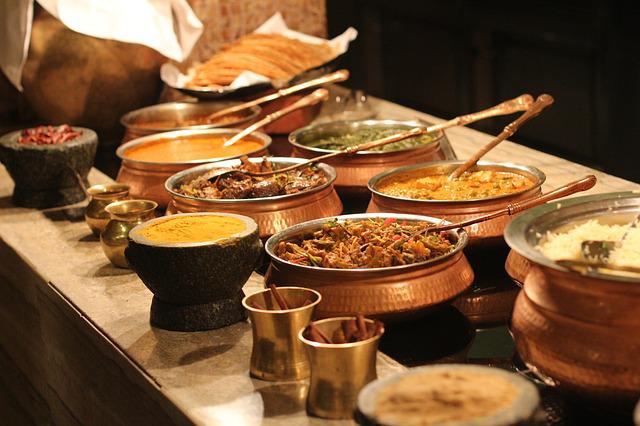
8: Thailand
Thai cuisine is exquisite in materials, mainly seafood, fruits, and vegetables. Rice is the staple food, accompanied by one or two courses of curry, fish, soup, and a salad (lettuce). The dessert is usually seasonal fruit or various desserts made of flour, eggs, coconut milk, and palm sugar.
The ingredients are unique. Well, They are often flavored with pepper, basil, garlic, coriander, turmeric, pepper, lemongrass, coconut, and plants and spices from other tropical countries. They are pungent, sweet, and fresh, with strong taste and unique style. They dip in various flavors with Thai food to evolve multiple flavors. Spicy cold salad, Thai hot and sour soup, red or green curry (mostly mixed with coconut milk), vegetables, and various types of barbecue kebabs (cattle, pigs, and chicken, mixed with rice or pastry), are all representative of Thai cuisine.
Thai food is sour and spicy, but the most commonly used spices are Thai Chaotian pepper, Thai lemon, and curry sauce. In addition, lemon leaf and lemon grass are also commonly used ingredients in Thai food. Signature dishes include charred crab, charred shrimp, pork neck meat, curry crab mango rice, dongyingong (sour and Spicy Seafood Soup), coconut milk tender chicken soup, curry fish cake, green curry chicken, etc.
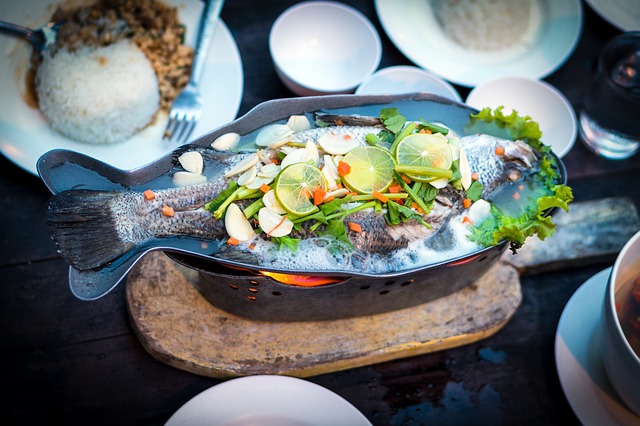
9: Greece
Modern Greeks love to eat whole wheat bread, which is essential. The meat they eat is mainly beef and mutton. They pay attention to the “original flavor”. They cook after pickling with all kinds of herbs, lemon juice, and olive oil. The food is delicious; Mediterranean vegetables are also indispensable, such as tomatoes, green peppers, onions, eggplants, cucumbers, Western Celery, garlic, fresh fish and cheese, combined with olive oil, wine, and spices, constitute the basic diet map of the Greeks. In Greece, they drink for lunch and dinner. They like to drink iced water all year round. White wine must be iced, while they generally like strong coffee in the morning. Greek dinner is late. Like Athens, it usually starts after 10 p.m.
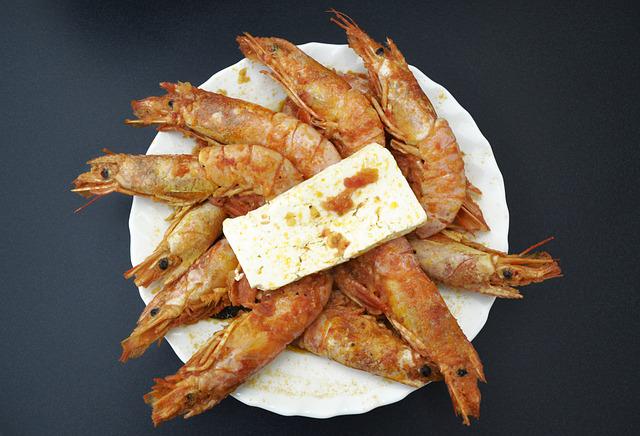
10: Vietnam
Vietnam pays attention to more dishes and less. It is customary to stir-fry all the dishes and serve them with fruit. taste light, sour, spicy, and sweet. It’s mainly sour and spicy. It tastes very appetizing. Vietnamese special lemon, sugarcane shrimp, and spring rolls are special dishes. You know that They mainly eat rice and like to eat glutinous rice. They use glutinous rice and glutinous rice to make all kinds of things. They also eat bags, sugar bags, sandbags, wonton, and other products. Vice ⾷ like to eat fish, shrimp, crab, abalone, sea cucumber, shark fin, belly, chicken, thin pig, dog, etc;
Well Vegetables like tomatoes, yellow rice, rape, and so on; Seasoning: fish sauce, curry powder, sauce, garlic, guava leaves, chili powder, salt, etc. Prefer fried, steamed, roasted, stewed, and other dishes made by cooking methods, and often pay attention to color, and taste. Fish sauce, scallion oil, fried scallion, and flower chips are the four ingredients for cooking.
The flavor name is very rich, especially the snail lion powder, chicken powder, powder, shrimp cake and Zong in Hanoi are the most high-quality and cheap. Others include Vietnamese enema, fried spring rolls, green cake, sour soup, and roasted loach. Eating green vegetables can also be called a special drink in Vietnam. For Vietnam, which is located in the tropics and has a hot climate, green vegetables are not only delicious, but also healthy, and help digestion and nutrient absorption.
Vietnam (also has taboos on chopsticks like China:? Do not knock chopsticks,? Do not throw chopsticks, three do not fork chopsticks, four do not insert chopsticks, five do not wave chopsticks, and six do not dance chopsticks.
Then Vietnam (inherits the Chinese style of drinking, which combines Yin and Yang, pays attention to freshness and original flavor in cooking, and puts only a few ingredients, mainly cooking, barbecuing, stewing, and cold mixing, and frying in hot oil there are fewer. Even some fried or barbecue dishes considered to be more “top” are often accompanied by fresh dishes, mint dishes, nine-layer pagodas, yellow dishes, and other edible dishes to achieve the effect of “removing oil”.
Vietnam (believes that salty dishes belong to Yang and sour and sweet dishes belong to Yin, so it often mixes salty and sweet, such as fish sauce, braised fish, fried shrimp, and roasted and pickledSugar. When eating dessert, Western food, or drinking coconut milk, add some salt to match Yin and Yang. Vietnam not only focuses on the balance of yin and Yang between products but also pays more attention to the Yin and Yang between products balance. When (they catch a cold, they cook ginger porridge to drink, because the cold (Yin) must be subdued by ginger (Yang). If you suffer from heatstroke and (your body is positive, you must cook congee with green onions(Yin) drink.
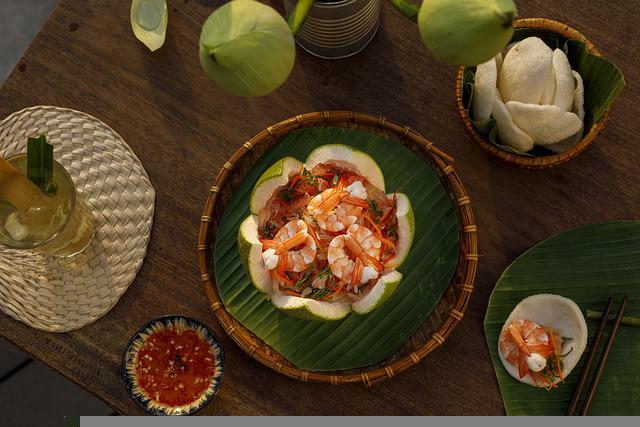


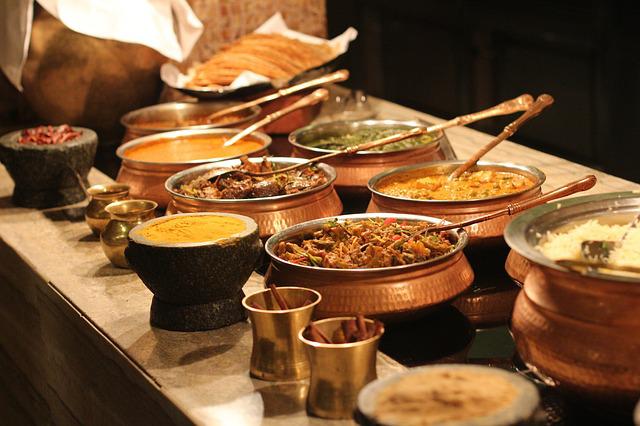
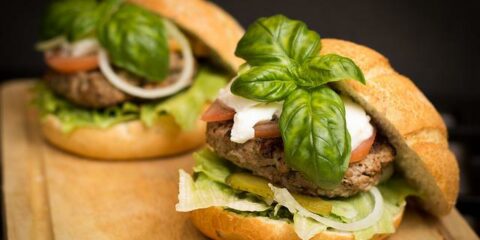


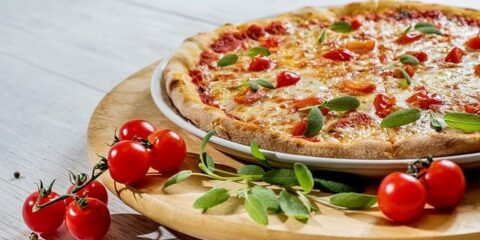

 Subscribe to my channel
Subscribe to my channel


